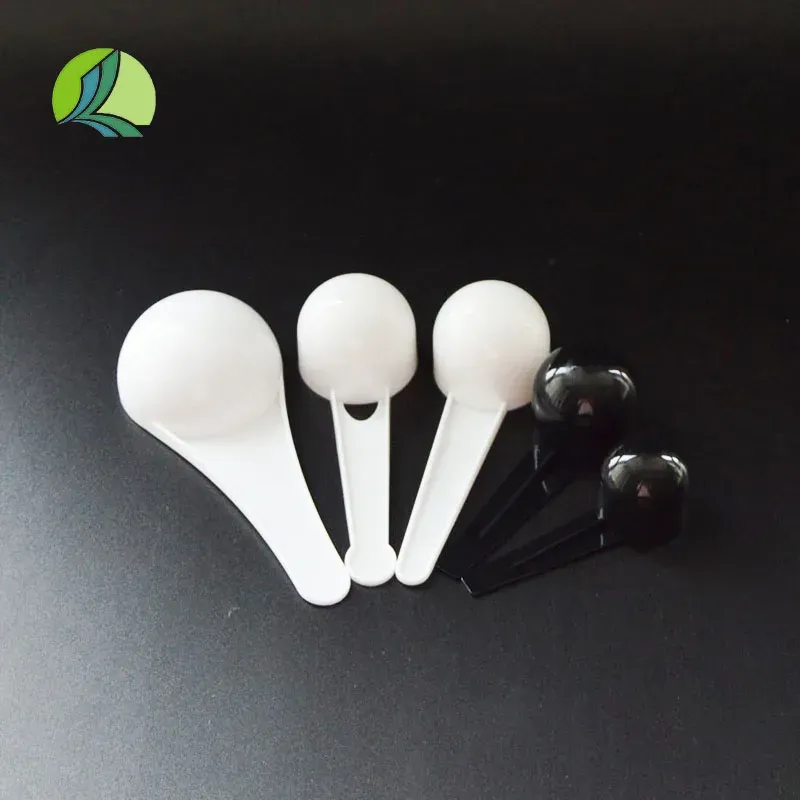0.5 ml centrifuge tubes
The Versatility of 0.5 mL Centrifuge Tubes in Laboratory Settings
In the realm of scientific research and laboratory work, precision and efficiency are fundamental. One of the indispensable tools in many laboratories is the 0.5 mL centrifuge tube. These small but mighty tubes play a crucial role in various applications, ranging from molecular biology to clinical diagnostics. This article explores the features, benefits, and uses of 0.5 mL centrifuge tubes, highlighting why they are favored in many experimental protocols.
Design and Specifications
0.5 mL centrifuge tubes are typically made from high-quality polypropylene or polyethylene, materials known for their durability and chemical resistance. These tubes are designed to withstand high centrifugal forces, making them ideal for spinning small volumes of samples at high speeds. Most tubes come with a secure, snap-cap lid that prevents leakage and contamination, a critical feature when working with sensitive biological materials.
The capacity of 0.5 mL is particularly advantageous for experiments that require limited amounts of samples, enabling researchers to maximize their resources. The small size also allows for easier storage and handling, especially when working with numerous samples simultaneously.
Applications in Molecular Biology
In molecular biology, 0.5 mL centrifuge tubes are frequently used for tasks such as DNA and RNA extraction, PCR preparation, and storing cell cultures. Their small volume is sufficient for reactions that require microliter-scale samples, which are common in techniques like polymerase chain reaction (PCR) where reaction volumes can be as low as 10 to 50 µL.
0.5 ml centrifuge tubes

The tubes are also compatible with a variety of laboratory instruments, including microcentrifuges and thermocyclers. Researchers can easily centrifuge the tubes to separate different components of biological samples, such as cells, proteins, and nucleic acids. This ability to efficiently separate and concentrate materials makes 0.5 mL centrifuge tubes a staple in molecular laboratories.
Clinical Diagnostics and Sample Storage
In clinical settings, 0.5 mL centrifuge tubes are essential for the storage and transport of biological samples, including blood, urine, and saliva for various diagnostic tests. They allow for the collection of small volumes of fluids, making them suitable for pediatric samples or situations where sample quantities are limited. The transparency of the tubes also allows for easy visual inspection of the contents, aiding in the monitoring of sample condition.
Additionally, these tubes are often employed in drug testing and analysis, where precise measurements are crucial. Their ability to seal tightly prevents sample evaporation and degradation, ensuring that specimens remain intact during storage.
Conclusion
The 0.5 mL centrifuge tube, though small, is a powerhouse in various scientific fields. Its design promotes efficiency, accuracy, and safety in sample handling and processing. From molecular biology applications to clinical diagnostics, these tubes have established themselves as an essential component of modern laboratory practice.
As researchers continue to push the boundaries of science, the reliance on specialized tools like 0.5 mL centrifuge tubes will likely grow. Their versatility not only enhances the quality of experimental results but also contributes to advancements in our understanding of biological processes. This makes the 0.5 mL centrifuge tube a vital asset in laboratories worldwide, where every microliter counts.
-
Aesthetic Makeup Spray Bottles | Fine Mist Empty RefillableNewsAug.19,2025
-
White Plastic Veterinary Vaccine Vials | Lab Liquid BottlesNewsAug.18,2025
-
Plastic Medicine Liquid Bottle: Secure Flip Top Drug VialsNewsAug.17,2025
-
Durable 250ml Blue Plastic Vaccine Vial for Lab & Vet UseNewsAug.16,2025
-
Sterile Virus Sample Tubes: Secure & Reliable Specimen CollectionNewsAug.15,2025
-
White 250ml Plastic Vaccine Vial for Lab & Vet MedicineNewsAug.14,2025
























